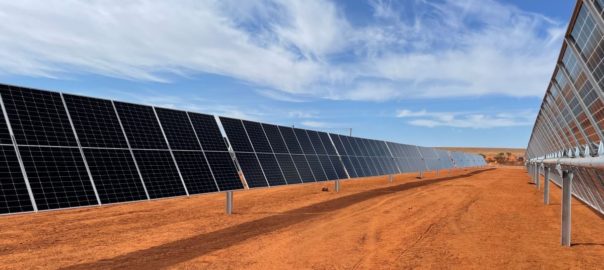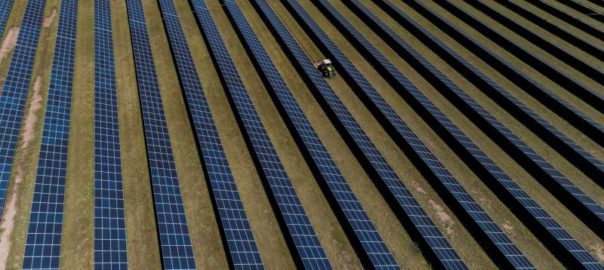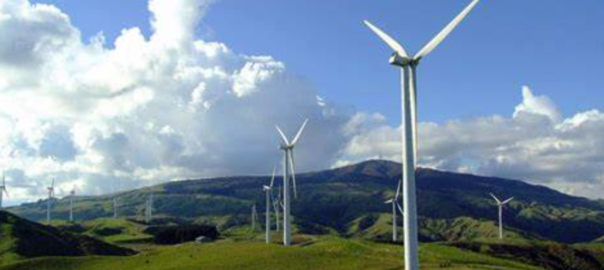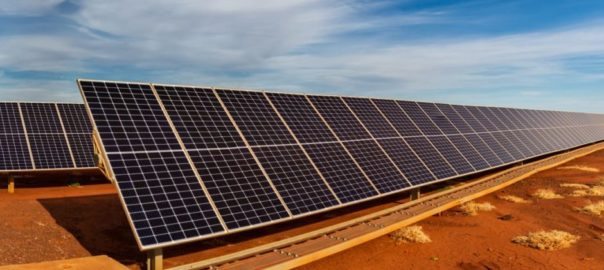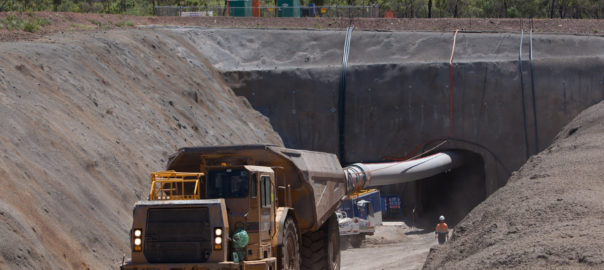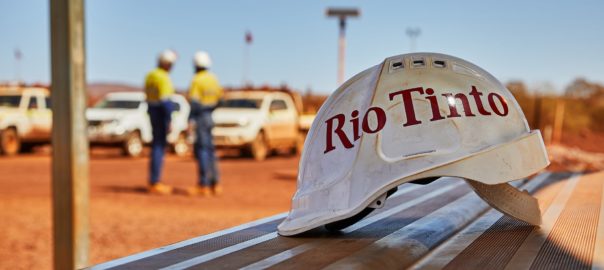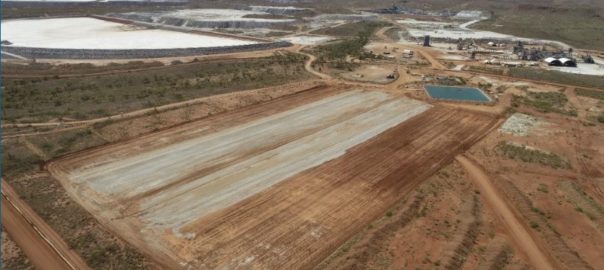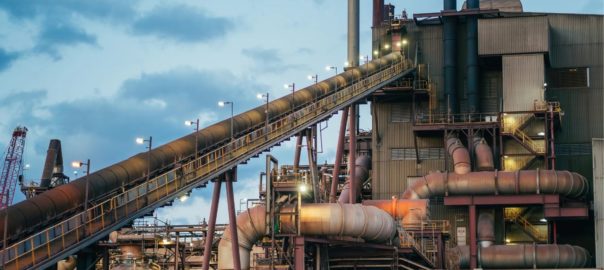Calidus Resources has executed an agreement with Zenith Pacific for the construction of a 4 MW solar farm with 3.5 MW battery energy storage system at its Warrawoona gold project in Western Australia.
Zenith is currently constructing the 11 MW gas-fired power station at Warrawoona under a Power Purchase Agreement (PPA). The construction of the solar farm is part of the PPA whereby Calidus purchases power from Zenith.
The solar farm will be constructed in the second half of 2022 and will feed into the distribution line between the power station and accommodation village.
Calidus Managing Director, Dave Reeves, said the decision to proceed with the solar farm and battery storage was in line with the company’s environmental, social and governance (ESG) initiatives.
“Calidus is committed to carbon reduction as part of its ESG policy,” he said. “This renewable microgrid is a cornerstone to our carbon reduction plan which includes the use of LNG, not diesel, and the ability of the LNG gensets to use up to 25% hydrogen.
“We are pleased to extend the relationship with Zenith to incorporate this renewables project, and look forward to its construction in the second half of this year.”
Calidus plans to start mining at Warrawoona in the June quarter of this year, and is forecast to initially produce 105,000 oz/y of gold.








